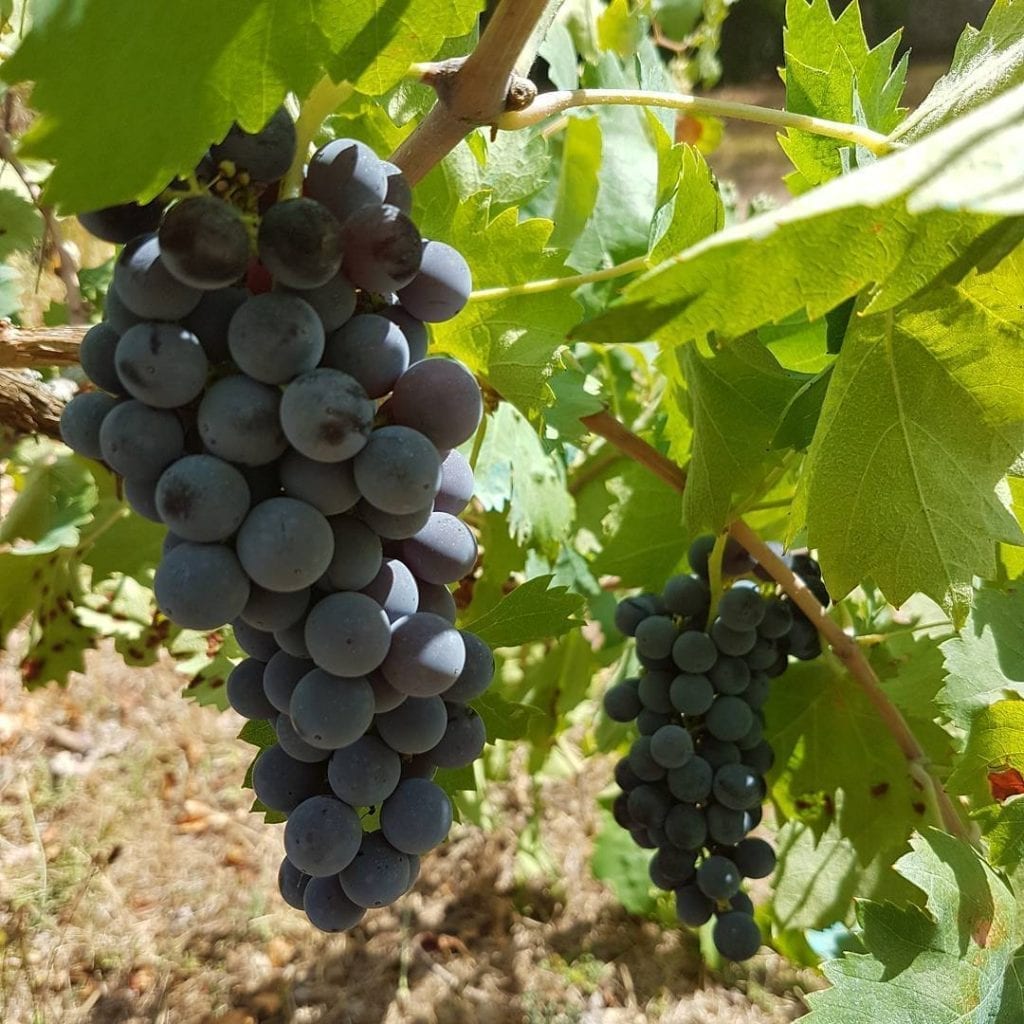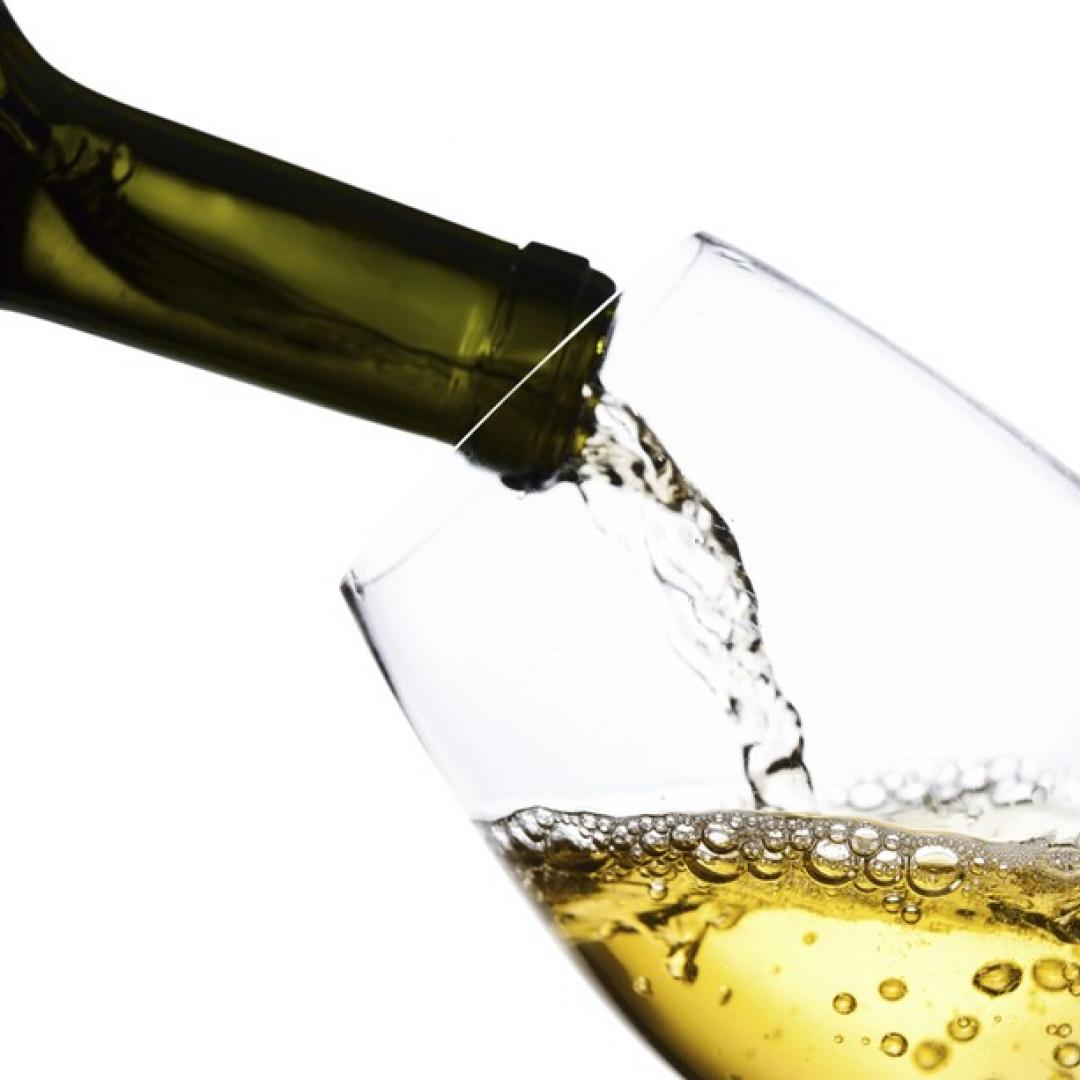do you know Rosé Wine? Rosé wine is a delicious wine ideal for tasting at any time of the year, its freshness, subtle flavor and delicate aroma make it a delight that envelops the palate.
Rosé wine is a fresh wine, with a lively aroma and characteristic flavor that make it special, its beautiful color makes it one of the favorites of women around the world.
En esta nota, encontraras lo siguiente
what is Rosé Wine?
Rosé wine is a red wine with little maceration, which usually stands out for its freshness, smoothness and lightness, characteristics that make it unique and special.
Origin and History of Rosé Wine
Historically, it is believed that rosé wine was the first type of wine made in the history of wine, since the ancient producers used the technique of pressing the grapes immediately after the harvest, which gave the wine a pinkish color.

The Greeks are also part of the origin of rosé wine since they mixed grapes of different colors to produce smoother wines, so they could also be responsible for this delicious wine.
France is undoubtedly the nation that has produced more rosé wines throughout its wine life, so it is very common to find it within its great wine tasting menu.
Characteristics of Rosé Wine
Rosé wine is characterized for being a fresh wine that can accompany any dish.
- It is made with red grapes
- It has a fruity flavor
- It has good acidity
- It is a light-bodied wine
- It is a very versatile wine
Color, taste and aroma of rosé wine
Rosé wine is a delicious broth full of aromas and delicate flavor
- Sight: The rosé wine can have different tonalities according to the vines with which it is elaborated, so we can find it with pink, violet pink, peony pink, cherry pink, raspberry pink, carmine pink, with orange details even.
- Nose: Fruity aromas such as almonds, bananas, raspberries, strawberries, red currant, blackberry, grapefruit with herbaceous notes of cut hay and lime blossom.
- Palate: It has a delicate, lively and fruity palate that gives it the perfect balance.
Alcohol Content of Rosé Wine
Rosé wine has an alcoholic content of 13%, thanks to the characteristics of the vines from which it is made
Types of Rosé Wine
Rosé wine, defined by many as a delicious broth that envelops the palate, can be grouped into two types:
Dry Rosé Wine
It is the best known and most elaborated rosé wine, countries such as France and Spain lead the production rates of this type of wine.
Sweet Rosé Wine
It is the one that avoids fermenting all the sugar into alcohol, and although it is not a very common elaboration, it has more and more followers every day.
Rosé Wine Pairing
Rosé wine is a very versatile wine, which allows it to be a good option not only to accompany soft dishes, but also to go very well with dishes with a lot of flavor.

- Red meat: Although it may seem strange, it is a great accompaniment to dishes such as grilled ribs accompanied by sweet sauce
- Fish: Any dish made with fish pairs perfectly with a glass of rosé wine, as it balances the flavors and at the same time enhances its qualities
- Seafood: A delight that will leave you breathless thanks to its great harmony
- Salads: A perfect combination full of freshness, flavor and harmony of flavors
- Pasta: Any pasta goes perfectly with a glass of rosé wine, if the sauce that accompanies it is with seafood or fish the ideal is to accompany it with a glass of dry wine, but if it is spicy style it is best to accompany it with a delicious sweet rosé wine
- Rice: Especially with those elaborated with fish and seafood
- Cheeses: Any soft cheese will go well with rosé wine
- Desserts: Its fruity nuances will combine perfectly with any rosé wine
how is Rosé wine made?
Rosé wine is made with red grape varieties, some of the most commonly used are Syrah, Carignan, Tempranillo, Pinot Noir, Cabernet Sauvignon, Merlot, Tempranillo and Garnacha Tinta.
This delicious wine can be made in two ways: Saignée method It is a technique that arises from the creation of red wine, rosé wines can be obtained as a by-product of the fermentation of red wine through this technique, which adds greater quality.
During the maceration time, which is done at an early stage about 10% of the rosé juice is removed, the leftover red wine is intensified by reducing the total volume and the must from the maceration is concentrated making a richer and bolder red wine.
The bled pink juice is fermented separately to produce a pink wine of greater color intensity. Pressing Method In which rosé wines tend to have a lighter color range, the cleaned grapes are crushed until the must is obtained, then fermented, clarified, stabilized, filtered and bottled.
Characteristics of the grapes used to make Rosé Wine
The grapes used to make rosé wine are red grapes which, thanks to their elaboration process, produce a delicious and subtle broth with a pleasant color.

Syrah grape
Its wines have aromas of ripe fruit, such as currants, violets, wild blackberries and raspberries, while maintaining aromas of bell pepper or cinnamon and clove.
- Medium-sized cluster
- Small to medium sized berries with bluish-black skin
- Very vigorous vines with upright growth habit
- Sensitive to wind which causes frequent vine shoot breakage if the shoots are not well trained and supported
- Adapts well to all types of soils
Carignan grape
Its very aromatic musts give young wines of very bright color with very pleasant floral aromas
- Large cluster size
- Large berries with non-colored pulp
- Vigorous vines
- Medium susceptibility to mildew and botrytis
- Little affected by drought to which it is quite tolerant and not very sensitive to wind
Tempranillo Grape
Tempranillo is a variety that complements very well with varieties such as Cabernet Sauvignon, Merlot or Garnacha Tinta.
- Large cluster size
- Large berries with non-pigmented flesh
- High vigor strains
- Tolerates drought well except if it is very extreme
- High sensitivity to powdery mildew and medium sensitivity to downy mildew and black rot
Pinot Noir Grape
Produces a high quality, fine, intense and complex wine.
- Small and very compact cluster size
- Small berry size with non-pigmented flesh
- Medium vigorous strains
- Very delicate variety in its cultivation, as it is very sensitive to wood fungal diseases
- Adapts well to temperate climates
Cabernet Sauvignon Grape
Produces musts of intense, dark and lively color, but austere and tannic.
- Very small cluster size
- Small berries with lightly colored flesh
- Very vigorous vines
- Fairly resistant to wood fungus complex
- Late budding withstands spring cold well
Merlot Grape
Merlot grape wines stand out for their spicy and fruity flavors such as berries, mint and raisins.
- Medium to small cluster size
- Small sized berries with unpigmented flesh
- High vigor strains
- Low susceptibility to wood diseases
- Good adaptation to different soil types
Tempranillo Grape
It is a variety widely used in the elaboration of rosé wines, which stand out for their intense color and delicious fruity flavor.
- Large cluster size
- Medium to large size berries not pigmented
- High vigor strains
- Very sensitive to codling moth, cicadellids and spider mites
- not sensitive to spring cold since bud break is delayed in this case
Red Grenache
This grape variety produces round and pleasant wines with great aromatic intensity.
- Medium to large cluster size
- Medium-sized berries with juicy pulp
- Very vigorous vines
- Very sensitive to downy mildew on leaves and bunches, black rot, excoriosis and tinder
- Not very tolerant to soil humidity and waterlogging
Rosé Wine Temperature
Rosé wine is a very fresh wine which is recommended to be served at a temperature between 6°C and 12°C, which will allow it to be fully exposed and show all its quality.
Price and best brands of Rosé Wine
Rosé wine is characterized by being very versatile, within the market we can find it with a price that can ioscillate between €3 and €50.
Gran Feudo Rosé 2018
Rose 2016
An elegant rosé wine that stands out for its beautiful ruby red color, and its delicate but striking aroma of red fruits that give it a sweet mouthfeel 6,50 € .
Arzuaga Rosae 2018
Rita Speaks 2018
A delicious pale pink wine with light fuchsia touches, intense grapefruit character with very subtle nuances of violet, bay leaf and red berries that make it soft, round, delicate with a long finish full of fruity nuances €21.90 .
Chivite Colección 125 Rosé 2016
A salmon pink wine with a slight violet rim, with intense fruity aromas of cherry, pomegranate and sloe, with notes of toast and smoke that give it a voluminous body, well assembled, excellent acidity and great length on the palate 22,50 € .




